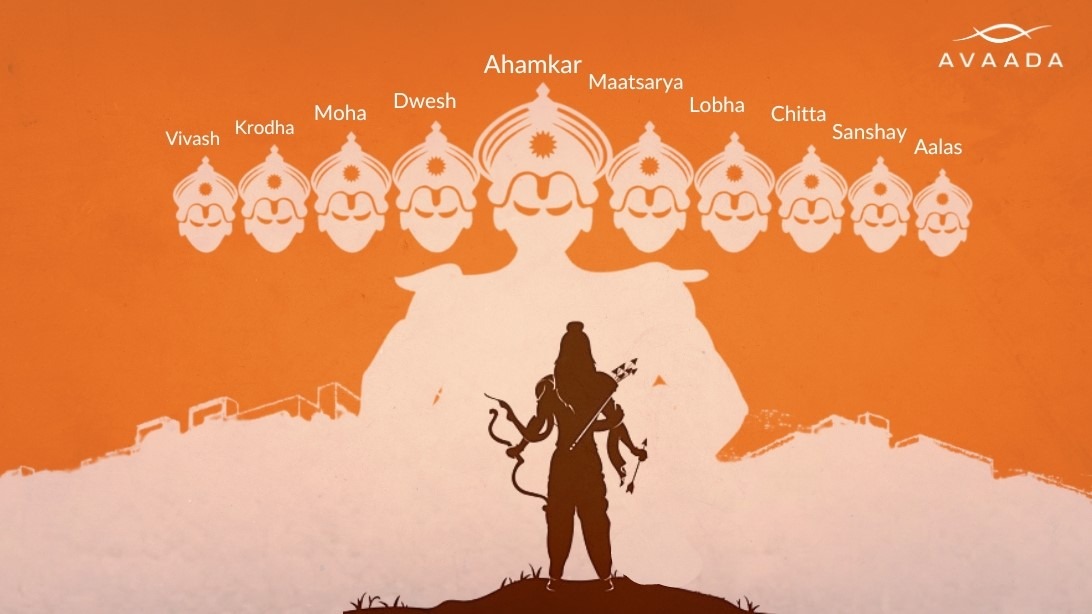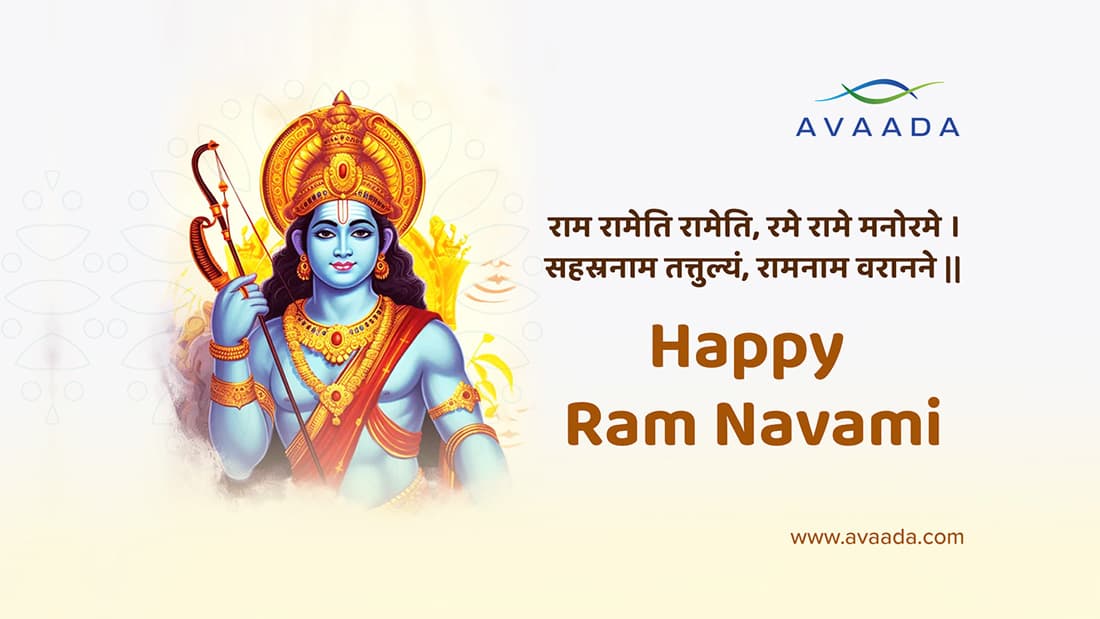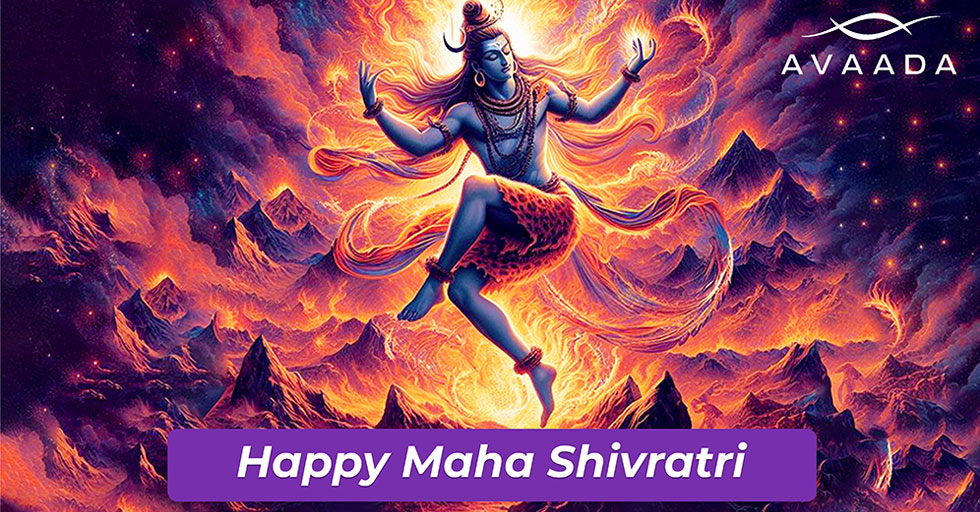Dussehra, known as Vijayadashami, isn’t just a celebration; it’s a spiritual journey that touches the hearts of millions across India. It’s a time to look deep within us, transform, and conquer the inner demons we grapple with daily. It is more than just celebrating the festival but also about unveiling the spiritual essence of Vijayadashami. In this blog, let’s dive into the heart of Dussehra’s symbolism and how it can guide us on this very personal quest to defeat the Ravana within.
The Nine Days of Navratri
Navratri, the festival leading up to Dussehra, weaves together divine energies across nine days, each representing three fundamental qualities of our existence.
Life often presents us with three primary states of mind:
- Craving and Longing– During these times, we yearn for worldly or spiritual experiences. The early days of Navratri, characterized by tamas, remind us to channel these desires positively.
- Dullness and Inertia– Occasionally, we find ourselves in a state of inertia, devoid of desire or joy. Dussehra calls us to break free from this inertia and rediscover the joy within.
- Contentment and Joy – The ultimate aim of this celebration is to shift from longing to contentment and from inertia to joy. It underscores that the path to joy lies in the victory of our higher self over pettiness and narrow-mindedness.
Following the profound nine days of Navratri, we step into the auspicious realm of Dussehra. It is a time not only to rejoice in the victory of Lord Rama over the demon king Ravana but also to embark on an introspective journey, where we confront our inner battles and aspire to conquer the ‘Ravana within.’ Let us journey towards the blissful realization of our oneness.
Devotion and Reverence
Dussehra isn’t just about conquering external demons; it’s also about embracing devotion and reverence for the world around us. It serves as a reminder to honor our bodies, minds, and everything we encounter daily. By treating them with reverence, we lay the foundation for success in all our endeavors.
Peeling Away the Veils of Ignorance
To truly imbue our Vijayadashami celebration with meaning, we must strip away the veils of ignorance. This involves recognizing our true identity as souls inherently endowed with divine qualities of peace, love, and cooperation. This realization empowers us to conquer the inner adversaries residing within our consciousness:
The Ten Villains We Must Conquer
- Vivash (Impulsiveness):Impulsiveness often leads to hasty decisions and actions without considering their consequences. Conquering Vivash involves practicing mindfulness and cultivating the ability to pause and reflect before making choices.
- Krodha (Anger):Anger is a destructive force that can harm both ourselves and others. Conquering Krodha involves learning to manage and channel anger constructively, fostering patience and forgiveness.
- Moha (Delusion):Moha refers to attachment to material possessions and the illusion of permanence. Conquering Moha means recognizing the impermanence of worldly things and finding contentment in the present moment.
- Lobha (Greed):Greed is the insatiable desire for more and more, often at the expense of ethical values. Conquering Lobha involves practicing generosity and appreciating the value of what we already have.
- Dwesh (Hatred):Dwesh represents hatred and aversion towards others. Conquering Dwesh involves cultivating love, empathy, and understanding for all beings, even those with whom we may have conflicts.
- Chitta (Will)– Let us direct our willpower towards spiritual evolution.
- Maatsarya (Envy):Envy arises from comparing ourselves to others and feeling inadequate. To conquer Maatsarya, we must appreciate our unique qualities and focus on self-improvement rather than unhealthy competition.
- Ahamkar (Ego):Ego is a sense of self-importance that can blind us to our faults and limit our personal growth. Conquering Ahamkar involves practicing humility and recognizing that we are part of a larger whole.
- Sanshay (Indecisiveness):Indecisiveness stems from doubt and lack of self-confidence. Conquering Sanshay involves self-awareness, self-trust, and making decisions with conviction.
- Aalas (Lethargy):Lethargy represents laziness and a lack of enthusiasm or energy. To conquer Aalas, one must develop discipline, set clear goals, and cultivate a strong work ethic.
As we worship the goddesses and burn effigies of Ravana during this festival, let us also take the opportunity to conquer the inner demons and bring light to our lives. In this journey, Dussehra becomes more than just a festival; it becomes a path to inner transformation and spiritual growth.








